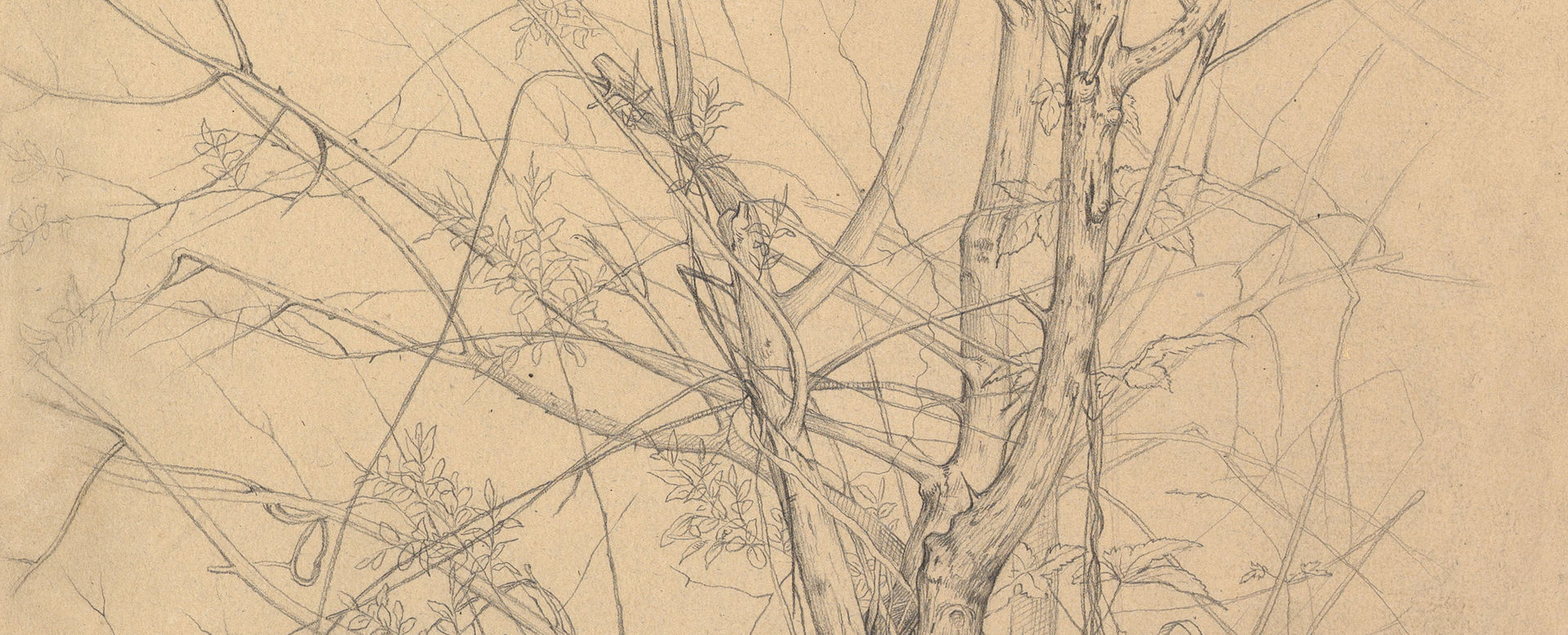Returned to lender The Met accepts temporary loans of art both for short-term exhibitions and for long-term display in its galleries.
Allegory of the Revolution in Nantes
Jacques Louis David French
Not on view
The Revolution presented a challenge to French artists: is political transformation better portrayed through realism or allegory? David fused the two in this recently discovered study.
To represent a populace liberated from oppression, an array of figures—some nude, others in classical dress—are shown unshackled from their bonds and greeting their liberator as he descends the gangplank of a docked ship. Behind them, a carefully rendered topographical view identifies the setting as Nantes, a city on the Loire River in eastern France.
The image is constructed from several pieces of paper, cut and reassembled, as David made changes to the composition. Although he devoted months to making studies for this project, he would never complete the painting, having turned his attention to The Oath of the Tennis Court.
Due to rights restrictions, this image cannot be enlarged, viewed at full screen, or downloaded.



